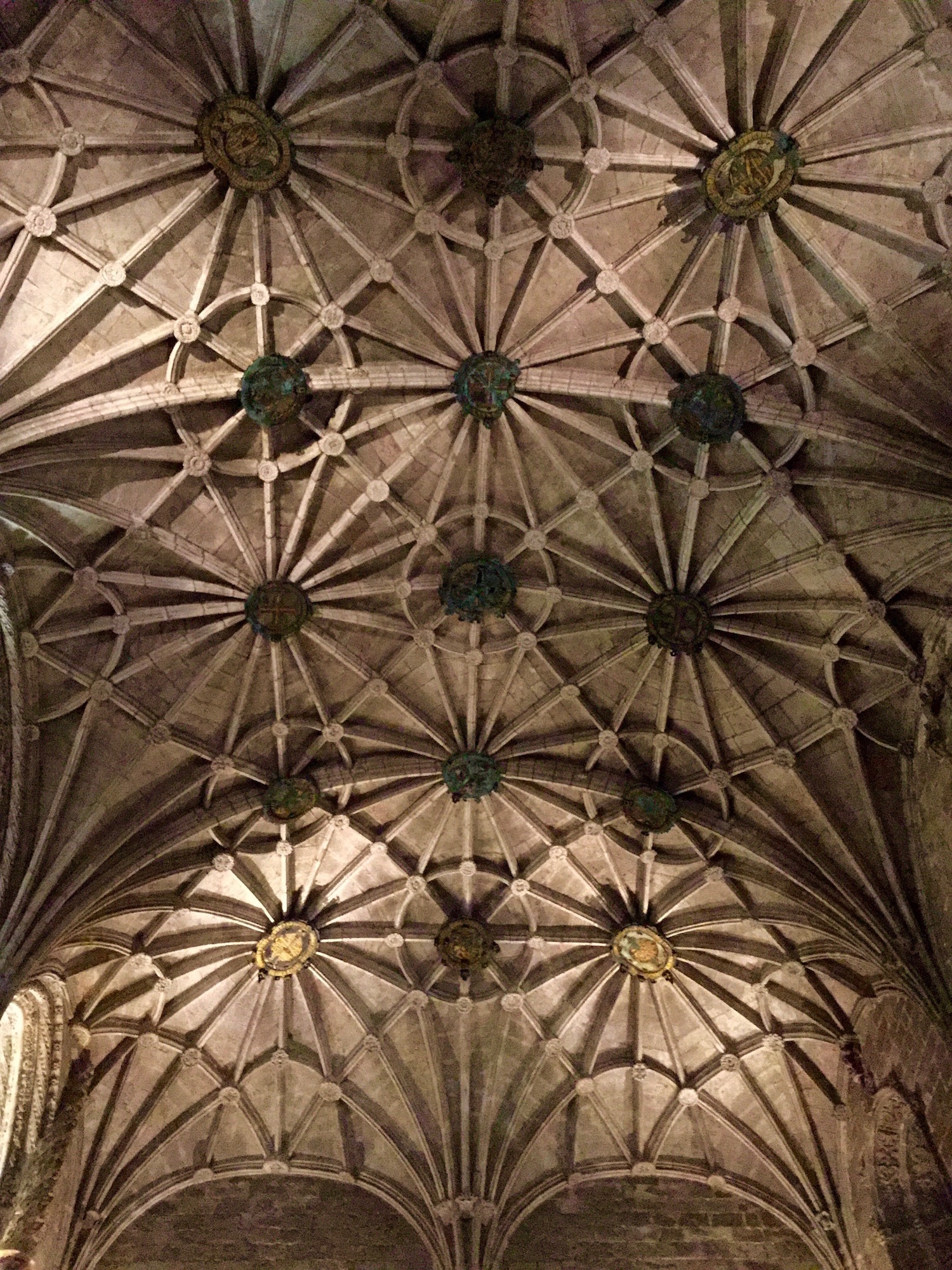Dear prospective students of Superior Courses in Music: this blog entry is FOR YOU! In English we have an (odd) expression: "lining up your ducks". This means getting all the preparation you need organized BEFORE the moment of an audition or applying for a course of study.
I cannot stress how important this is for those trying to enter into Superior-level Music Courses; these have become highly competitive in recent years, and aside from preparing your playing audition, you ought to prepare to the best of your ability for the written exams, especially including the REQUIRED NATIONAL EXAM(S). Take note: these requirements can and DO change with some regularity, and it is NOT EASY to keep up with the changes. However, you simply must, or you risk being accepted and then not being able to matriculate for lack of an exam or lack of passing an exam.
This may seem unfair, but at the same time, you should realize that all University-level courses are highly underwritten (i.e. paid for) by the government, and so it would be normal to expect incoming students—"even" in music, art, etc.—to be functional in Portuguese and so forth! So, practice, yes, indeed, but also: LINE UP YOUR DUCKS!
ESART - Flute class, c. 2015






